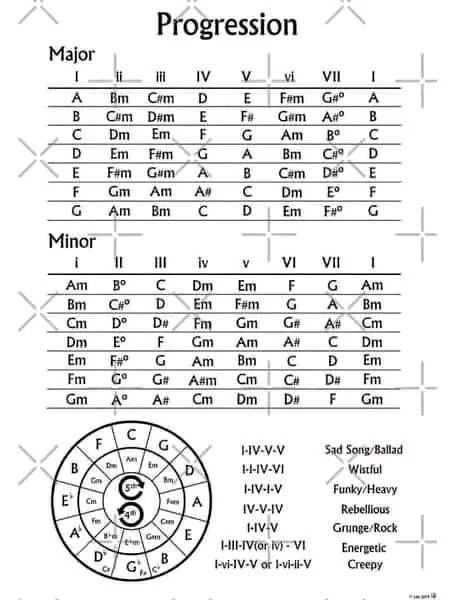
Ramsay
"He next got Burrowes' Pianoforte Primer, where there is a fine description of the progression of keys according to the Greek tetrachords." [Ramsay - Brief Memoir of, page 7]
Hughes
THE twelve keys have been traced following each other seven times through seven octaves, the keys mingled, the thirteenth note being the octave, and becoming first of each rising twelve. Thus developing, the seven notes of each eighth key were complementary pairs, with the seven notes of each eighth key below, and one series of the twelve keys may be traced, all meeting in succession, not mingled. When the notes not required for each of the twelve thus meeting are kept under, the eighths of the twelve all meet by fifths, and as before, in succession, each key increases by one sharp, the keys with flats following, each decreasing by one flat; after this, the octave of the first C would follow and begin a higher series. It is most interesting to trace the fourths, no longer isolated, but meeting each other, having risen through the progression of the keys to higher harmonies. In the seven of C, B is the isolated fourth, meeting F#, the isolated fourth in the key of G, and so on. Each ascending key-note becomes the root of the fifth key-note higher; thus C becomes the root of G, &c. [Harmonies of Tones and Colours, Diagram VII - The Modulating Gamut of the Twelve Keys1, page 29]
See Also
12.18 - Multiple Octave Progression
arithmetic progression
evolution
Key
musical progression
progression
Progressive Evolution
Scale
key of A
key of A flat
key of C
key of D flat
key of E
key of F
key of F sharp
key of G
progression of keys
root of the fifth higher keynote
root of the fifth keynote
The Major Keynote of C
